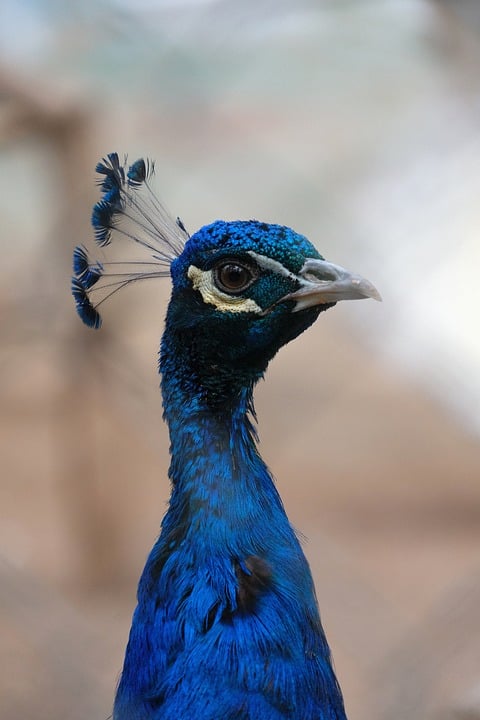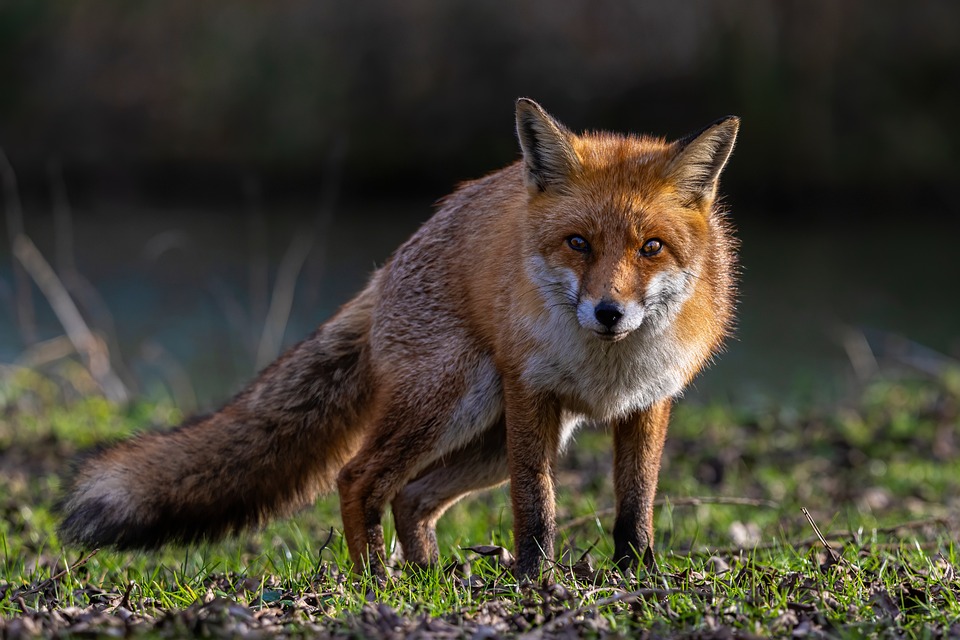The kangaroo rat, a tiny rodent with a big set of tools for surviving in the harsh desert environment, is a fascinating creature that has captured the imagination of many, including renowned author Frank Herbert. In his popular sci-fi novel Dune, Herbert named his main character Muad’Dib after the kangaroo rat, highlighting its wisdom and ability to thrive in the desert.
Contrary to their name, kangaroo rats are not rats at all. They belong to the genus Dipodomys and are distinct from rats, although they share some similarities with kangaroos. With their enormous hindlegs, long tails, and small size ranging from 4 to 8 inches, kangaroo rats are uniquely adapted to desert life. They are bipedal, moving by jumping with their powerful hindlegs, much like their larger kangaroo counterparts.
These desert-dwelling rodents are found in arid and semi-arid regions of western North America, where they feed on seeds, roots, stems, and insects. Remarkably, kangaroo rats can survive without drinking water for extended periods, relying on the moisture content of their food for hydration. Their kidneys are highly efficient at retaining water and excreting salt, allowing them to conserve water in the arid desert environment.
One of the most impressive aspects of kangaroo rats is their ability to defend themselves against predators, particularly snakes. With their long hindlegs, kangaroo rats can jump up to 10 feet to escape danger. They have keen senses that enable them to detect low-frequency sounds, allowing them to respond quickly to threats. When confronted by a snake, a kangaroo rat will either throw sand with its hindlegs or make a daring jump to safety. Even if caught by a snake, the kangaroo rat can kick its way out before the venom is released, using its powerful hindlegs to propel the snake away.
In addition to their remarkable survival skills, kangaroo rats are social animals that exhibit interesting behaviors within their family groups. They sleep on top of each other to retain body heat, communicate by tapping the ground with their hindlegs, and have a polygamous mating system. Females give birth to litters of three babies on average, which become independent after eight to ten weeks.
Despite their resilience, kangaroo rats face threats from human activities such as habitat destruction and illegal trafficking. Some species, like the giant kangaroo rat, are on the brink of extinction due to agricultural and urban development encroaching on their habitats. Conservation efforts are essential to protect these unique and valuable desert-dwelling rodents.
In conclusion, the kangaroo rat is a fascinating and resilient creature that has adapted to thrive in the harsh desert environment. With their unique physical characteristics, survival skills, and social behaviors, kangaroo rats are a testament to the incredible diversity of life on Earth. It is important to appreciate and protect these remarkable animals to ensure their continued existence in the wild.





